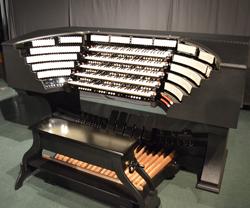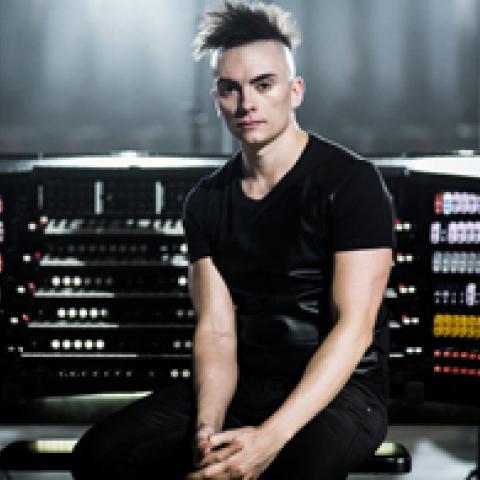
Cameron Carpenter will be featured in the world premiere of the Marshall & Ogletree Opus 11 digital organ at the Kravis Center for the Performing Arts, West Palm Beach, Florida on March 9 at 8 p.m. The program features the Jacksonville Symphony performing the Poulenc Organ Concerto in G Minor and the Saint-Saëns Symphony No. 3 in C Minor. For tickets and information: http://www.kravis.org/carpenter.
The Marshall & Ogletree digital organ is named The George W. Mergens Memorial Organ, a gift from Alex W. Dreyfoos. The $1.5 million organ is a twin to the firm’s Opus 8, the International Touring Organ: four manuals, more than 200 speaking stops. For information: http://www.marshallandogletree.com



